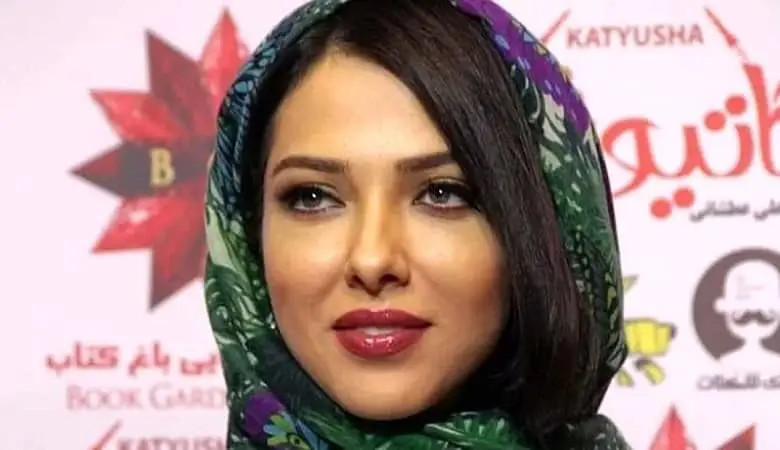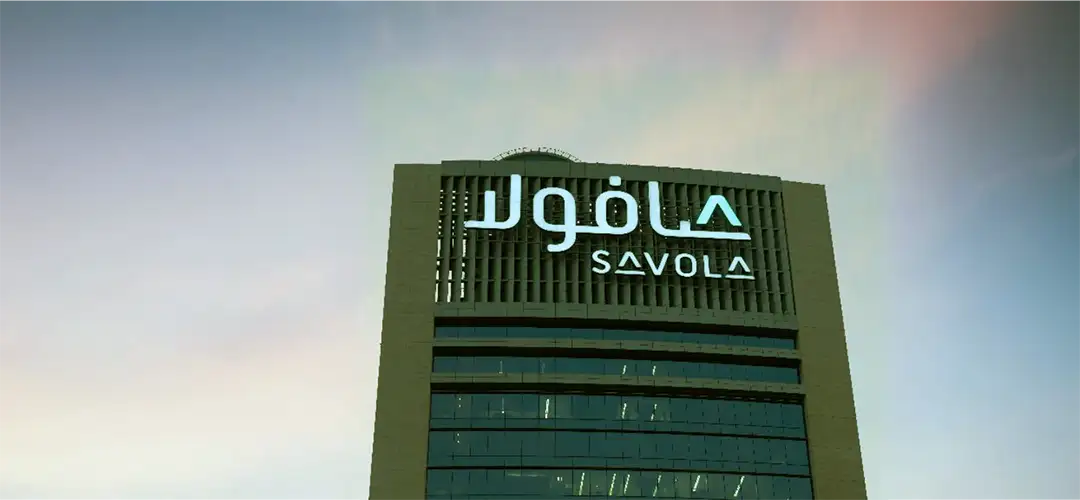The Complex Landscape of Celebrity Marketing in Iran
Navigating Iran's Unique Cultural Codes, Legal Frameworks and Consumer Psychology

Celebrity marketing in Iran are extremely powerful because celebrities function as cultural intermediaries, but that power is double-edged: reputational shocks spread fast, social sanction is intense, and new regulation is increasing legal exposure for marketers. (Celebrity marketing also known as celebrity endorsement) This piece synthesizes Iranian and international empirical research, recent regulatory signals, and contemporary case evidence (including the Pejman Jamshidi episode covered by MyIndustry) to offer an operational playbook brands can use to reduce risk while keeping the benefits of celebrity-driven campaigns. (See the myindustry analysis of Pejman Jamshidi’s case)
Why celebrity endorsements matter in Iran — what evidence says
Research conducted in Iran shows that celebrity endorsements meaningfully shape consumer attitudes and buying intent across categories (cosmetics, FMCG, retail). Several Iran-based studies find that celebrity credibility, perceived authenticity and congruence with brand values predict positive brand attitudes and purchase interest. These effects are especially strong where institutional trust is low and consumers rely on familiar public figures as heuristics for quality and trustworthiness. (Source: Investigating the impact of celebrity endorsement advertisements on the attitudes of Women customer considering the role of self- concept moderator Case study: the consumers of cosmetics in Tehran)
Key takeaways from the literature:
-
Source credibility matters. Expertise, trustworthiness and attractiveness of the celebrity remain core predictors of endorsement success. jnssm.uk.ac.ir
-
Context sensitivity. The strength of endorsement effects varies by category (e.g., cosmetics and household brands often see stronger effects) and by demographic (urban middle-class consumers vs. other segments).
Iran’s cultural codes that amplify both upside and downside
Iran is a high-context, collectivist culture where social reputation, moral standing and communal narratives carry outsized weight. In marketing terms that means:
-
Consumers read endorsements as social signals (not just product claims).
-
Moral missteps by a celebrity are interpreted not only as personal flaws but as a potential stain on the brand’s social identity.
-
Social media in Iran functions like a public moral forum: allegations or rumors can escalate to mass moral judgments quickly. The MyIndustry analysis of the Pejman Jamshidi case is a clear illustration of how a celebrity controversy can instantly become a brand crisis.
Legal & regulatory realities (why compliance has become material)
Regulation in Iran is changing in ways that materially affect celebrity and influencer marketing:
-
Recent administrative moves require social accounts with advertising activity (thresholds reported e.g., 5,000+ followers) to obtain licensing/registration for advertising — creating new legal obligations for influencers and brands. This increases the administrative and legal costs of paid promotions.
Implication: beyond reputational risk, brands now face regulatory risk — fines, license reviews, or forced takedowns — if activation and disclosure rules are not strictly followed.
Consumer psychology and crisis dynamics — how scandals spread
From both academic work on parasocial relationships and Iran-specific analyses of influencer culture, we can identify a predictable crisis dynamic:
-
Trigger: allegation or rumor about the celebrity appears (sometimes unverified).
-
Amplification: social networks and online communities debate and reframe the story as a moral issue.
-
Association effect: brands associated with the celebrity are tagged and judged by proxy. Silence is often interpreted as complicity.
-
Outcome: engagement falls, calls for boycotts or ad removal increase, and regulatory attention can follow. Recent reporting on legal complaints against high-profile actors shows how quickly judicial and media attention can join popular outrage; the Jamshidi situation is an active example reported across outlets.

Pre-engagement (selection & contracting)
-
Reputational due diligence (R-DD): run multi-layer background checks (media, legal databases, social sentiment over 24–36 months). Document the results.
-
Cultural congruence test: score celebrity narratives vs. brand values on a 1–10 scale (family values, religious sensitivity, political neutrality, public controversies). Use a minimum cutoff for campaigns with high emotional claims.
-
Regulatory check: confirm whether the celebrity/influencer is required to be licensed for advertising; ensure they hold the necessary permits and that disclosures are planned.
-
Contract clauses to include (must-have):
-
Morality clause: narrow, clearly defined triggers that allow suspension/termination (e.g., indictment on defined criminal charges, verified findings by judicial authority, sustained false allegations shown to be true).
-
Crisis cooperation clause: obligation to appear in coordinated brand statements and to provide timely factual responses (or authorize brand to post specific messaging).
-
Indemnity & clawback: fees conditional on no disqualifying conduct; escrow or staged payments with clawback on breach.
-
Audit & disclosure warranty: warranties that the celebrity complies with advertising licensing and tax obligations.
-
Activation & monitoring (live campaign)
-
Real-time monitoring: set up alerts for name mentions, hashtags, and brand tags across Telegram, Instagram, X, TikTok and Persian-language forums.
-
Pre-approved response templates: short, culturally attuned messaging that signals empathy and clear next steps (do not use legalese; be human). Silence is costly — a prompt, value-aligned response reduces association.
Crisis playbook (if an allegation emerges)
-
Triage council: immediate meeting of marketing, legal, comms, and C-suite with prepared decision matrix: (a) continue; (b) pause paid media; (c) suspend partnership; (d) terminate. Include data triggers for each action (volume of negative mentions, regulatory notice, verified journalistic reporting).
-
Transparency path: communicate what you know, what you don’t know, and what you are doing to find out. In Iran’s context, authenticity and visible action buy time and public trust.
Table 1. Key Risk Factors and Mitigation Strategies in Celebrity Marketing in Iran
| Category | Typical Risks in Iran | Underlying Causes | Recommended Mitigation Strategies |
|---|---|---|---|
| Cultural Misalignment | Backlash from perceived moral or political conflict | Collectivist culture; high-context communication; religious sensitivities | Conduct cultural congruence scoring (≥8/10); pre-test campaigns with target groups |
| Legal Non-Compliance | Regulatory penalties, forced content takedown | New influencer licensing rules; ad disclosure requirements | Verify influencer licenses; include compliance warranty clause |
| Reputation Spillover | Brand gets dragged into celebrity controversy | Parasocial closeness and moral contagion dynamics | Add morality and cooperation clauses; monitor real-time mentions |
| Misinformation & Rumor Spread | Viral negative narratives, boycotts | High-speed social media rumor diffusion | Establish crisis response team; use pre-approved empathetic templates |
| Overdependence on One Celebrity | Sudden campaign failure if celebrity reputation drops | Lack of diversification in influencer strategy | Combine celebrity with micro-influencers and community voices |
| Measurement Myopia | Overreliance on impressions and short-term sales | Lack of multi-dimensional KPIs | Track sentiment, trust delta, and regulatory exposure metrics |
6. Measurement: how to judge whether celebrity marketing is still the right choice
Use multi-dimensional KPIs, not impressions alone:
-
Reputation score (social sentiment + qualitative themes) before, during and after campaign.
-
Trust delta (surveyed brand trust among target cohort).
-
Attribution lift (short-term sales uplift vs. cost and long-term brand equity effects).
-
Regulatory exposure metric (number of non-compliance flags or licensing issues).
Measure both immediate economic returns and medium-term brand health (3–12 months).

Alternative strategies that keep emotional impact, reduce risk
-
Distributed influence: mix celebrities with vetted micro-influencers and user-generated content (reduces single-point risk and increases authenticity).
-
Values-first storytelling: campaigns that foreground community narratives (craftsmanship, family stories, customer stories) that don’t rely 100% on a public figure.
-
Staggered funding: pay in tranches tied to reputational KPIs.
8. Putting it into practice — a sample decision matrix (short)
-
High emotional claim + national celebrity: only if full R-DD clean, moral congruence ≥8/10, and legal licenses in place. Use strong morality clause and crisis budget.
-
Local product + micro-celebrity: acceptable at lower cost with monitoring and modest contractual protections.
-
Risky candidate + major spend: avoid.
Final recommendations (executive checklist)
-
Do reputational due diligence on every celebrity.
-
Ensure advertising licenses & disclosures are handled before launch.
-
Use layered influence (celebrity + micro-influencer + community content).
-
Include narrow, enforceable morality and clawback clauses in contracts.
-
Prepare pre-approved responses and a triage council for immediate action.
-
Track reputation KPIs, not just sales.
-
Budget for crisis remediation (both PR and legal).
Frequently Asked Questions (FAQ)
1. What are the risks of celebrity marketing in Iran?
Reputation crises spread fast in Iran’s social media ecosystem. A single scandal involving a celebrity can quickly damage a brand’s trust, trigger boycotts, and even attract regulatory scrutiny.
2. How do Iranian regulations affect influencer advertising?
New laws require influencers and advertising accounts to obtain licenses and disclose paid promotions. Non-compliance can lead to fines, content takedowns, or suspension of advertising privileges.
3. What are the alternatives to celebrity endorsements in Iran?
Brands can reduce risk by combining celebrities with micro-influencers, community storytelling, and value-based campaigns that emphasize authenticity over fame.
Further reading
-
Sociological context: analyses of influencer culture and social media’s economic role in Iran. Frontiers







